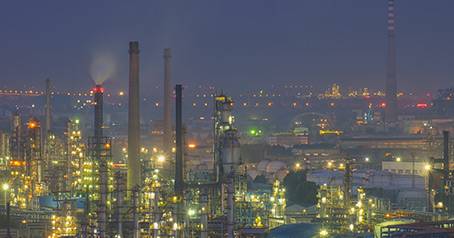des. . 06, 2024 21:06 Back to list
industrial pipe fittings
Understanding Industrial Pipe Fittings A Comprehensive Overview
In the world of plumbing, construction, and manufacturing, industrial pipe fittings play a critical role in ensuring the flow of fluids, gases, and other materials. While these fittings might seem like small, insignificant components, they are crucial to the integrity and efficiency of systems used in various industries, including oil and gas, chemical processing, and wastewater management.
Definition and Purpose
Industrial pipe fittings are components that connect, terminate, control, or change the direction of piping systems. They are designed to join various segments of pipes, helping to create a closed and efficient system for transporting materials. These fittings can be made from various materials, ensuring they can withstand different pressures, temperatures, and corrosive environments. Common materials used for industrial pipe fittings include stainless steel, carbon steel, plastic, and brass.
Types of Industrial Pipe Fittings
There is a wide variety of industrial pipe fittings, each serving a unique purpose. Here are some of the most common types
1. Elbows These fittings are used to change the direction of a pipe, typically available in 90-degree or 45-degree angles. Elbows are essential for navigating around obstacles or adjusting the layout of a piping system.
2. Tees T-shaped fittings that allow for the branching off of a pipeline. A tee can be used to connect three sections of piping, facilitating the division of flow.
3. Couplings Designed to connect two lengths of pipe, couplings can be either full (used to connect two pipes of the same diameter) or reducing (to connect pipes of different diameters).
4. Reducers These fittings decrease the diameter of a pipe, allowing a gradual transition between piping sizes. Reducers play a vital role in managing flow rates and pressure within a system.
5. Caps and Plugs Used to seal the ends of a pipe. Caps are placed on the outside of a pipe, while plugs fit inside the pipe. Both are essential for shutting down sections of a pipeline when necessary.
industrial pipe fittings

6. Valves While technically fittings, valves control the flow and pressure of fluid within a system. They can be operated manually or automatically and come in various types, including ball valves, gate valves, and check valves.
7. Flanges These fittings allow for the joining of pipes and other components through bolting. Flanged connections are often used in high-pressure applications.
Material Selection
Choosing the right material for pipe fittings is crucial for ensuring their longevity and efficiency. Factors such as the type of fluid being transported, temperature, pressure, and potential exposure to corrosive substances all influence the selection process. For instance, stainless steel fittings are ideal for high-pressure and high-temperature applications due to their excellent corrosion resistance and strength, while PVC fittings are commonly used in less demanding situations due to their lightweight profile and lower cost.
The Importance of Quality Standards
In industries where safety and reliability are paramount, adhering to quality standards is essential. Organizations such as the American Society for Testing and Materials (ASTM) and the American National Standards Institute (ANSI) establish criteria that ensure fittings are manufactured to specific durability and safety standards. Compliance with these standards helps prevent failures that could lead to leaks, system failures, and environmental hazards.
Installation and Maintenance
Proper installation and maintenance of industrial pipe fittings are vital for the efficiency and safety of any piping system. Misalignments or improper connections can lead to leaks, reduced system performance, and costly repairs. Regular inspections and maintenance can help identify potential issues before they escalate. Furthermore, understanding the correct tools and techniques for installation can significantly impact the longevity of fittings and the overall system.
Conclusion
Industrial pipe fittings are an indispensable aspect of modern infrastructure. They enable the smooth and efficient transportation of various materials across countless applications and industries. Understanding the different types, materials, and standards associated with these fittings is essential for anyone involved in design, installation, or maintenance of piping systems. As industries continue to evolve and demand higher performance standards, the significance of quality pipe fittings will only grow, impacting safety, efficiency, and environmental sustainability in industrial applications.
-
Premium PP Welding Rod: GPT-4 Turbo Enhanced
NewsAug.01,2025
-
HDPE Drainage & Irrigation Pipe - Durable, Efficient Solutions
NewsAug.01,2025
-
Premium PVC Transparent Pipe: Durable & Clear Solutions
NewsJul.31,2025
-
High-Quality UPVC Electrical Pipe for Safe Wiring Solutions
NewsJul.30,2025
-
Premium PVC Pipe Fitting Supplier – Durable & Leak-Proof Solutions
NewsJul.30,2025
-
High-Gloss PVC Rigid Sheet for Durable & Smooth Surfaces | Wholesale Supply
NewsJul.29,2025

